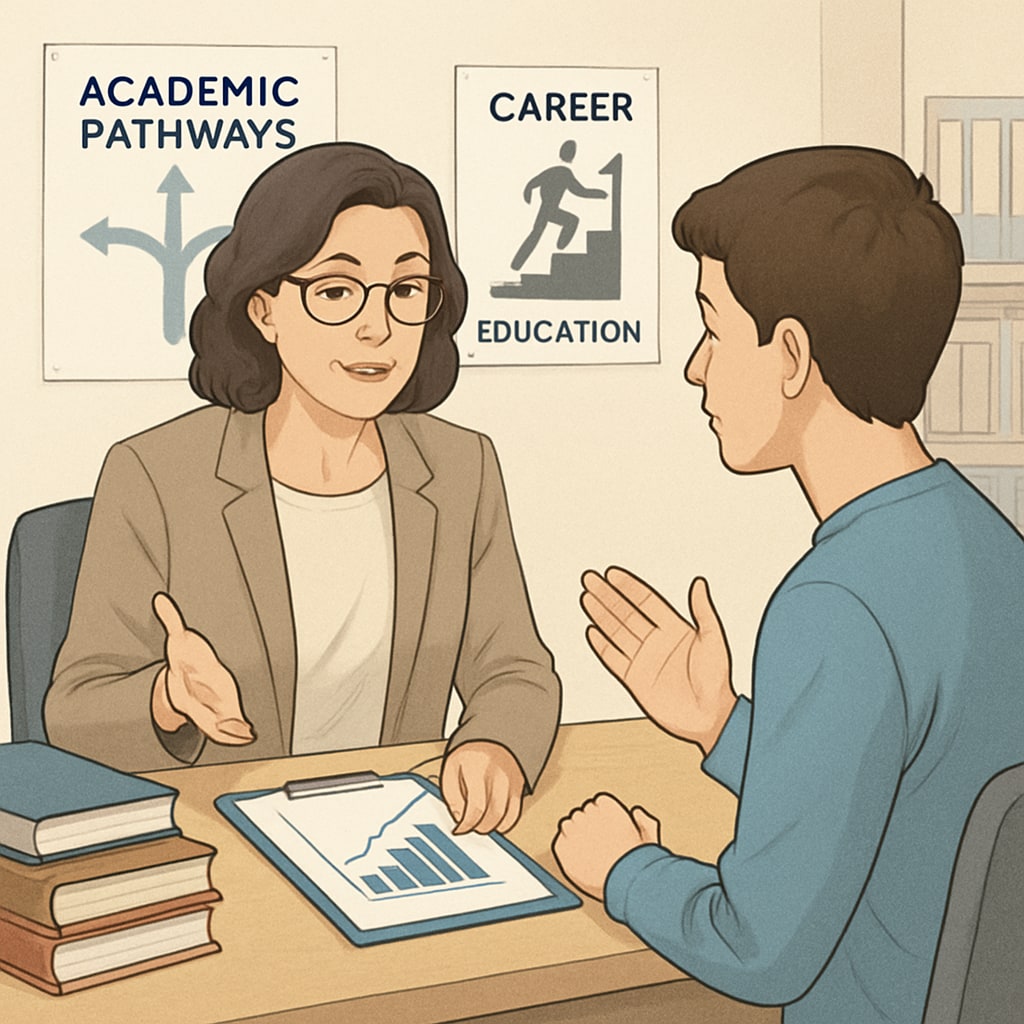Each year, thousands of students anxiously await their GCSE results, a pivotal academic milestone in the UK. The combination of GCSE results, academic anxiety, career path uncertainties often leaves students and parents overwhelmed with pressure. While these grades are undeniably significant, this article challenges the notion that success in education is solely defined by exam performance. Instead, it explores the long-term impact of academic anxiety and advocates for embracing diverse pathways to achieve personal and professional fulfillment.
Understanding the Psychological Impact of GCSE Results
The pressure surrounding GCSE exams can lead to intense academic anxiety, affecting students’ mental health and self-esteem. Studies show that examination stress can result in symptoms such as sleep disturbances, loss of appetite, and decreased focus. For some students, poor results may trigger feelings of inadequacy and fear of failure, creating a cascading effect on their academic trajectory and career choices.
However, it’s important to recognize that exam grades are just one measure of a student’s capabilities. Intelligence, creativity, and resilience cannot always be quantified in an exam setting. As parents and educators, fostering a supportive environment that emphasizes growth over perfection is crucial to helping students navigate academic challenges.

Redefining Success Beyond Academic Grades
Traditionally, success in education has been closely tied to high grades and prestigious university placements. Yet, this narrow definition fails to account for individual strengths, talents, and aspirations. For example, many successful professionals in fields such as entrepreneurship, arts, and trades did not follow conventional academic pathways.
In addition, the evolving job market highlights the growing importance of skills such as adaptability, emotional intelligence, and creativity. Employers increasingly value these qualities over formal academic qualifications. By broadening our perspective on success, we empower students to pursue paths that align with their unique interests and abilities.
- Encourage exploration of vocational education and apprenticeships.
- Highlight the value of developing soft skills and practical experience.
- Support students in identifying their passions and career aspirations.
Building a Healthy Academic Mindset
To mitigate the long-term impact of academic anxiety, schools and families must work collaboratively to instill a healthy mindset toward education. This involves reframing failure as an opportunity for growth and prioritizing mental well-being alongside academic achievement.
For example, schools can implement wellness programs that educate students about stress management techniques and the importance of balance. Parents can model positive attitudes by celebrating effort and progress rather than solely focusing on results.
Moreover, career counseling can play a pivotal role in helping students understand the diverse paths available to them. Encouraging students to explore interests outside of academics can lead to fulfilling careers that don’t rely exclusively on exam success.

Conclusion: Embracing a Holistic Approach to Education
Ultimately, GCSE results are only one chapter in a student’s educational journey. While they may influence initial pathways, they do not determine long-term success or happiness. By redefining success beyond grades and addressing academic anxiety, we can help future generations build resilience and discover their true potential.
As parents, educators, and students, we must collaboratively champion a holistic approach to education—one that values mental health, individual interests, and diverse career paths. After all, success isn’t solely about achieving the highest grades; it’s about finding purpose, fulfillment, and growth in life.
Readability guidance: Use concise paragraphs and bullet points to summarize ideas. Ensure smooth transitions between sections using transitional phrases such as “however,” “as a result,” and “in addition.” Maintain an active voice and limit passive constructions.


